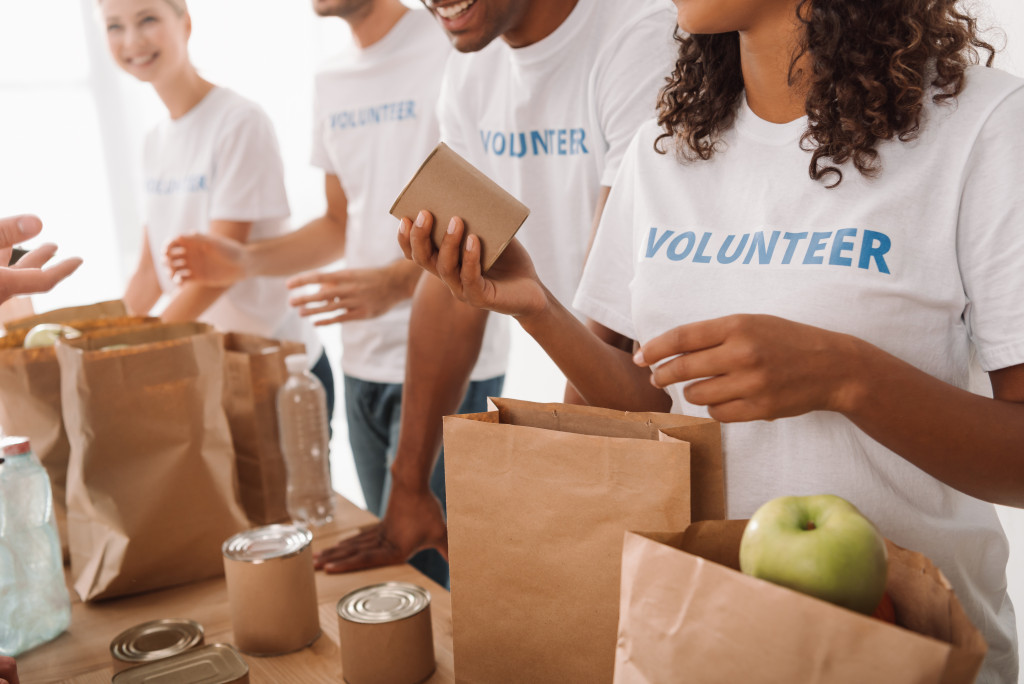The importance of community outreach programs is a major issue in the United States. The growing divide between the rich and poor and high-crime neighborhoods has been the cause for many organizations to work towards improving communities by providing support services that include youth enrichment programs, after-school activities, tutoring, job training, and more.
In fact, there are over 100 million people nationwide who live below the poverty level, which is just above $25k per year, or about twice the amount it costs to house someone in prison for a year. This has led to increased crime rates across America, with half of all crimes being committed against those under 18 years old.
We can help decrease these numbers by providing children with opportunities to learn valuable skills such as reading, writing, math, science, art, and sports. This reduces the risk of them getting involved in illegal activities often prevalent in underprivileged neighborhoods.
Here are some examples of outreach programs in the community:
Medical Missions
A medical mission is an outreach program that allows doctors, nurses, dentists, and pharmacy students to travel across the US or even the world to provide healthcare services for people who would otherwise not be able to afford it.
Community health clinics are set up in low-income neighborhoods with no hospitals nearby. They offer primary care and mental health to those who need it and provide other services such as physical therapy, prenatal care, and even vaccinations for young children.
A medical mission outreach program is only as successful as the local community participating in its efforts. Therefore, it is necessary to bring physicians into specific neighborhoods that may be considered high-crime or low-income communities so that they can encourage the people to take advantage of medical services available to them.
Youth Enrichment Programs
A youth enrichment program is an after-school curriculum where children can develop their talents into lifelong skills. It aims at engaging teens who may be involved with gangs, drugs, or even prostitution by giving them something they’re passionate about.
Most of the time, there is a small fee for these programs, which is used to provide snacks and pay staff who supervise activities. However, some programs are offered free of charge, where volunteers are asked to give their time instead. These include sports leagues, art workshops, educational clubs, and camps allowing students to work with others who share the same interests.
Volunteer Programs
A volunteer program is an outreach effort where teens can give back to their community by volunteering for free. It involves working with organizations, nonprofits, and government agencies that support children, people who are disabled, or deal with poverty in some way. Volunteers get hands-on experience in different fields, such as medicine and dentistry, working alongside skilled dentists and physicians. That way, they can build up their work experience and develop their resume-building skills.
Some teen volunteer programs require an application and interview process, but others are more flexible and allow anyone to join whether one is 16 or 60 years of age.

Reading and Writing Enrichment Classes
A reading and writing enrichment class is a program where children are taught to read by becoming more familiar with English. They learn the sounds letters make, spelling, punctuation, and grammar to improve their communication skills.
These programs are usually offered after school hours, but some libraries let tutors in at any time during open hours as long as they don’t disrupt public access.
Parents who want their children to attend cooperative learning classes may be asked to volunteer with the organization or provide snacks for students. This ensures that parents are actively involved with their children’s education, which has increased grades and test scores at home.
Providing our youth with community enrichment programs gives them an incentive to get involved with their community by being active contributors. It lets children know that they are capable of “making a difference” and helps them build character, so they grow up to become successful adults.
Feeding Programs
A feeding program is a community outreach service that provides food for hungry or homeless people. It usually serves the working poor, elderly, and disabled who cannot afford meals throughout the day.
A feeding program can be as simple as serving up hot dogs at an event where they hand out free food samples to the public so that they can inform them about their services. More elaborate programs offer full-course meals served during lunchtime hours to provide seniors with both breakfast and dinner options instead of just one meal per day.
Food pantries are set up in grocery stores where canned goods are given away at no cost, while food banks give out nonperishable items only. Other organizations have stopped using these names and have replaced them with phrases such as “grocery distribution centers” and “choice pantry outlets” since it can confuse the public.
Final Thoughts
Teachers, parents, and volunteers can teach children to make a difference in their community by joining an outreach group or club. A reading and writing enrichment program will help elementary-age children improve their communication skills. At the same time, a volunteer program helps them build character, so they grow up to be better individuals.

